I've read this answer but I still don't understand the rvec/tvec pair returned by calibrateCamera and the rvec/tvec pair returned by solvePnP.
I understand that solvePnP solves for [R|T] which is given here.
This is very clear - it's an affine transformation from the world points to the image plane. And together, the camera matrix K and [R|T] form K[R|T], the projection matrix.
However, I can't seem to find what the purpose of the rvec/tvec returned by calibrateCamera is.
